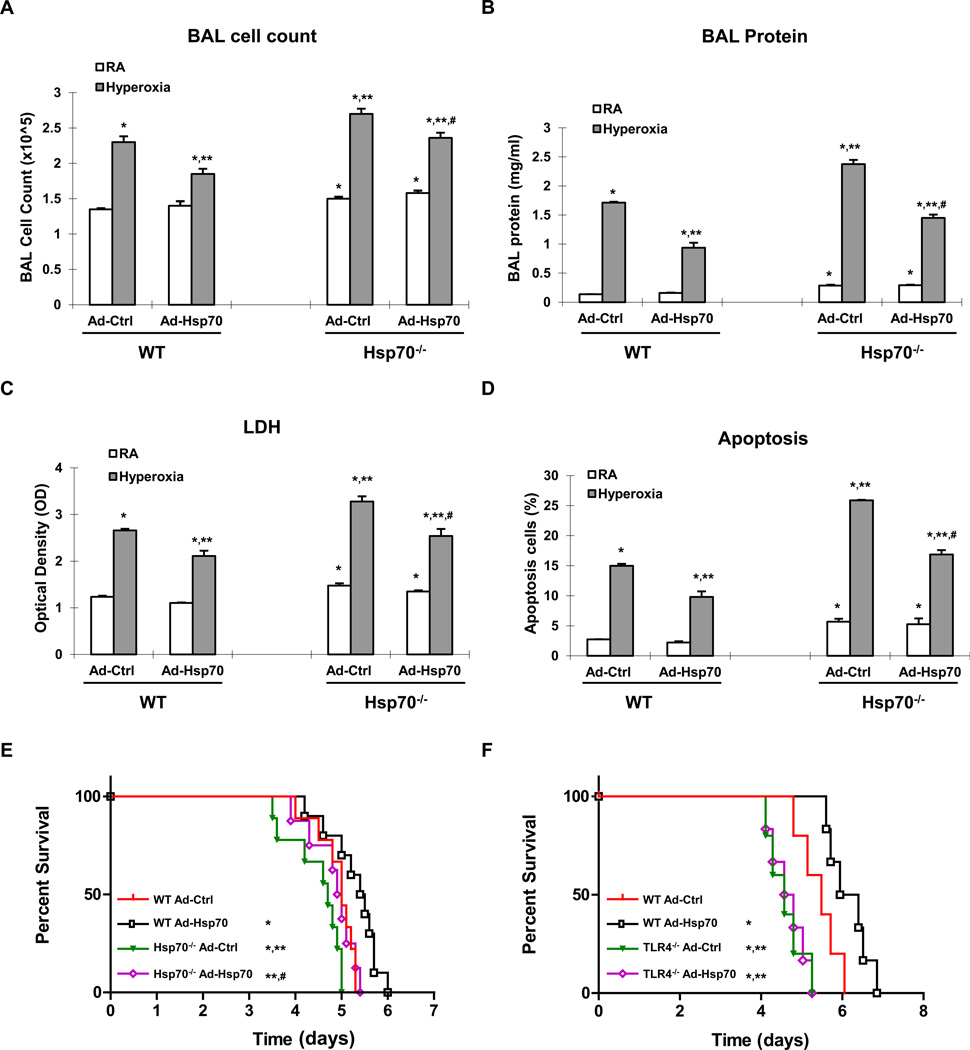Figure 8. Hsp70 protects against lethal hyperoxia and is TLR4-dependent.
WT and Hsp70−/− mice were treated with Ad-Ctrl or Ad-Hsp70 and were exposed to 72h of hyperoxia. RA, room air control. A) Lung inflammation was detected by bronchoalveolar lavage (BAL) cell counts. B) Lung permeability was assessed by BAL protein content. C) LDH activity assay from BAL fluid. D) TUNEL staining was performed on lung sections and the number of TUNEL-positive cells were quantitated and expressed as a percentage of the total number of lung cells counted on each section. The values are expressed as mean ± SD. *p <0.05 vs RA Ad-Ctrl WT mice; **p <0.05 vs hyperoxia Ad-Ctrl WT mice; #p<0.05 vs corresponding Ad-Ctrl mice (n=5 for each group). WT and Hsp70−/− mice (E) or WT and TLR4−/− mice (F) were treated with intranasal Ad-Ctrl or Ad-Hsp70 and were exposed to hyperoxia. Survival proportions were compared among four groups. *p <0.05 vs WT Ad-Ctrl mice; **p <0.05 vs WT Ad-Hsp70 mice; #p<0.05 vs Hsp70−/− Ad-Ctrl mice (n=10 for each group in (E)n=5~6 for each group in (F)).

